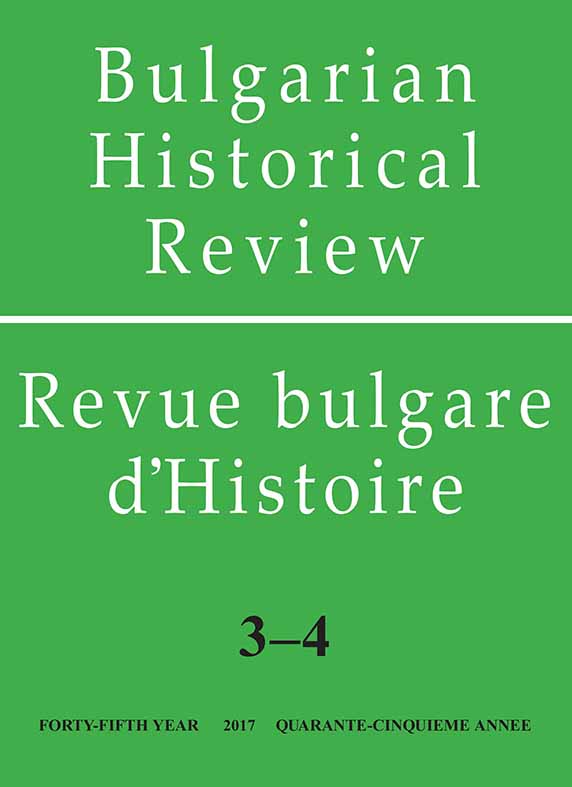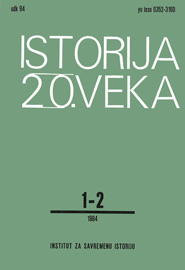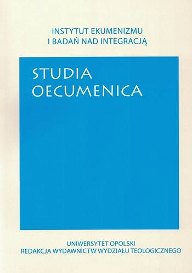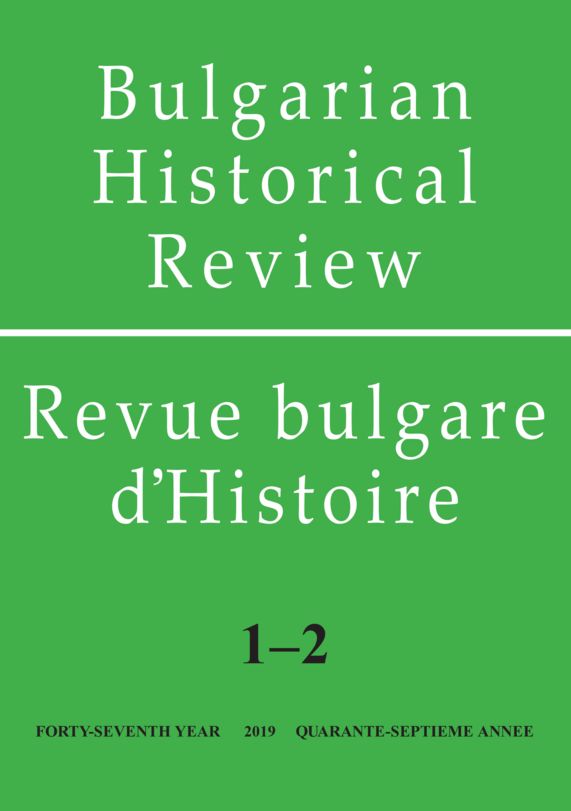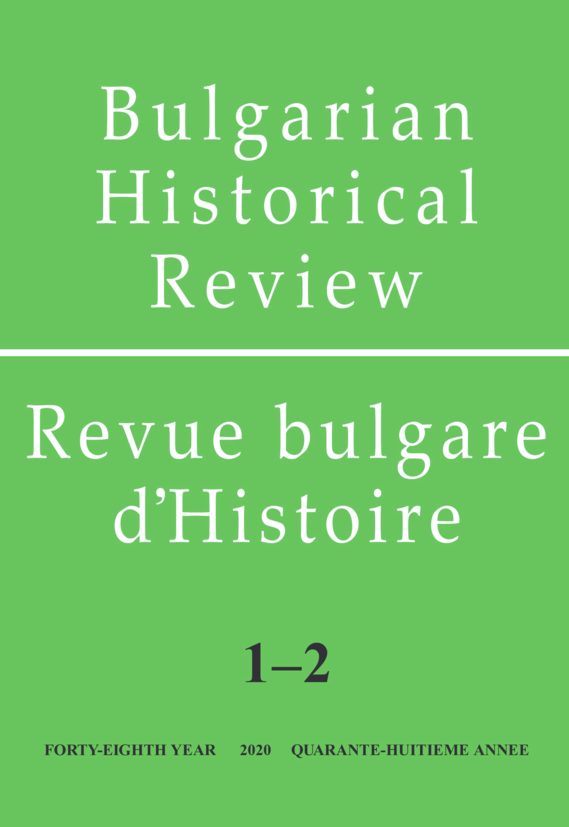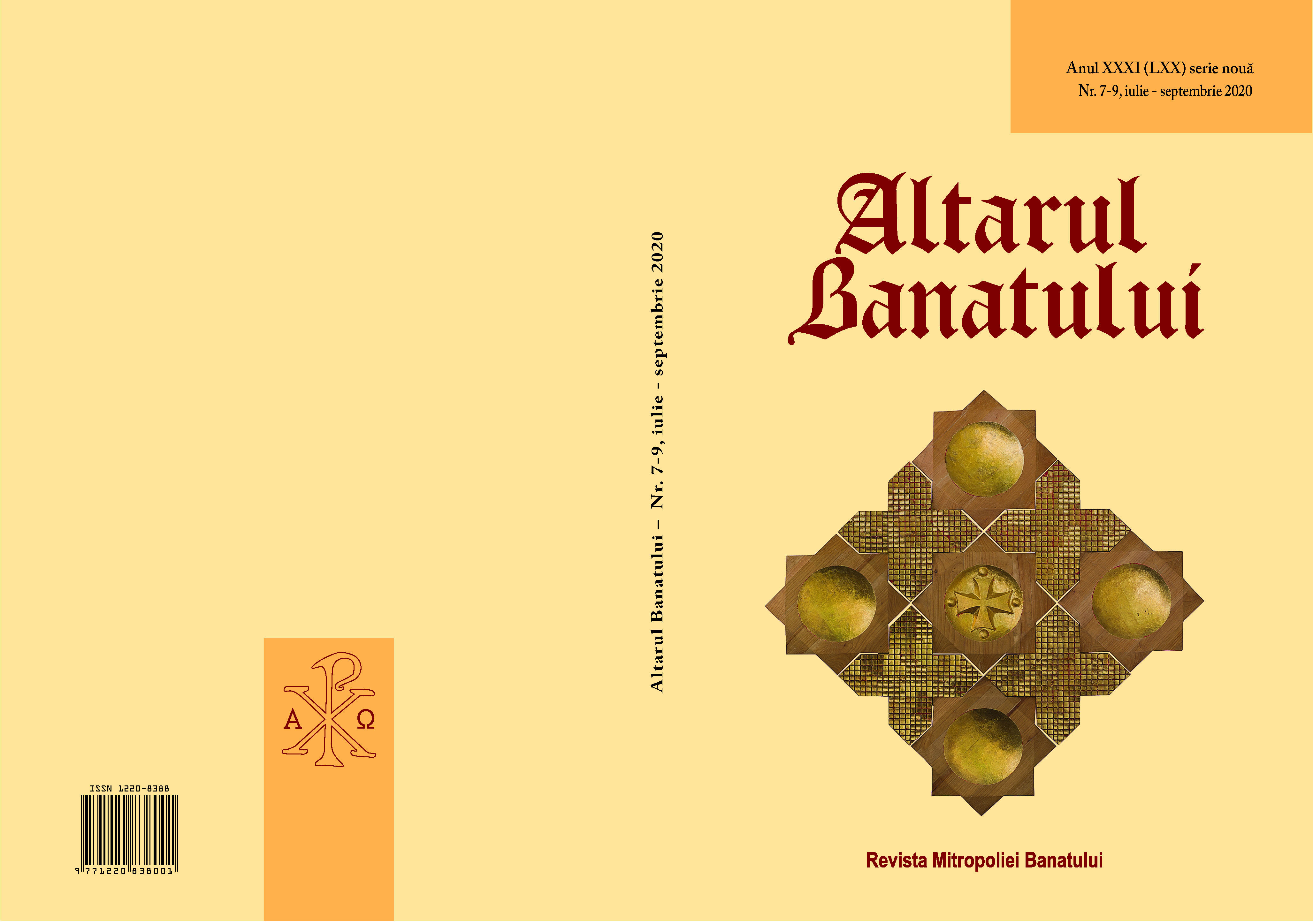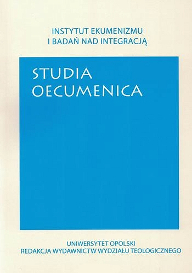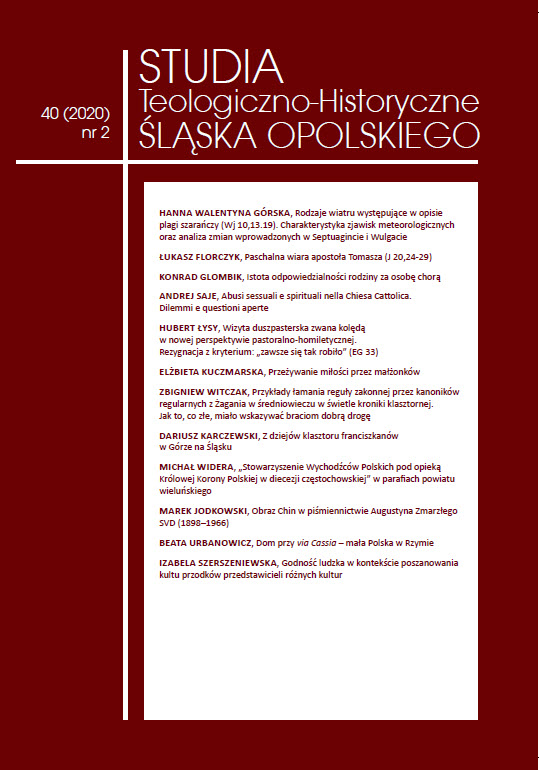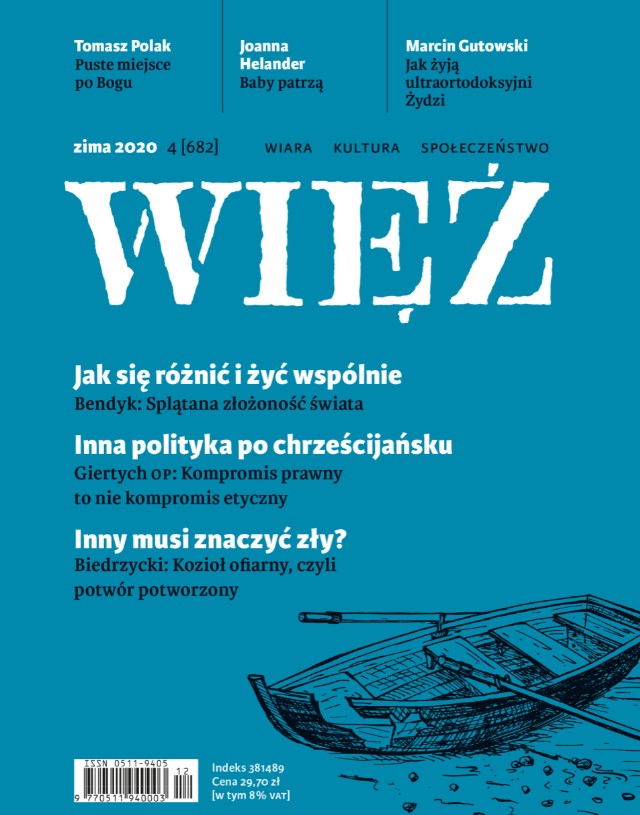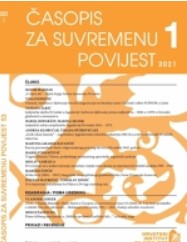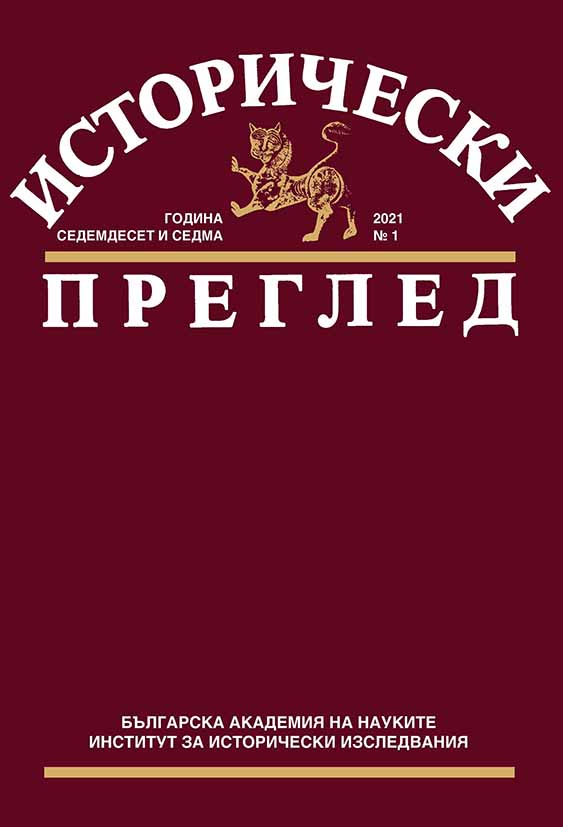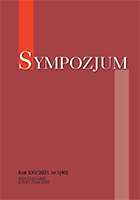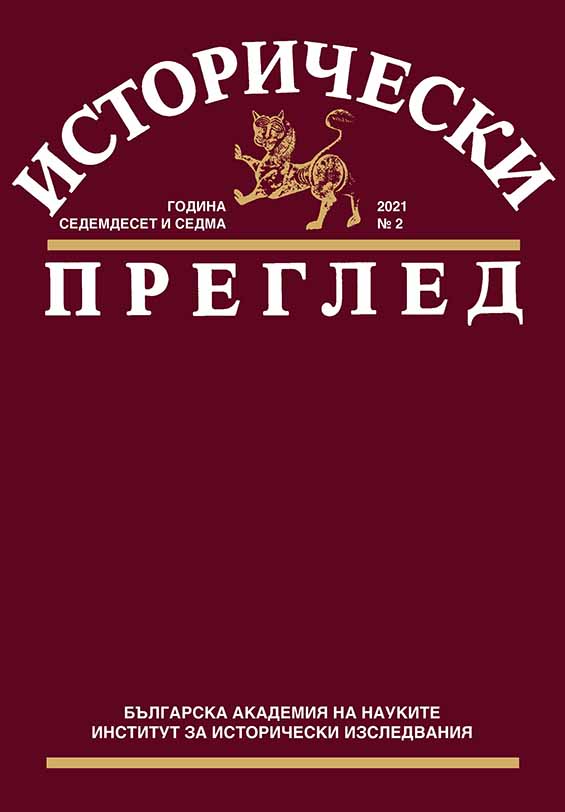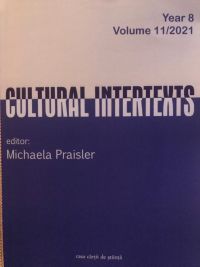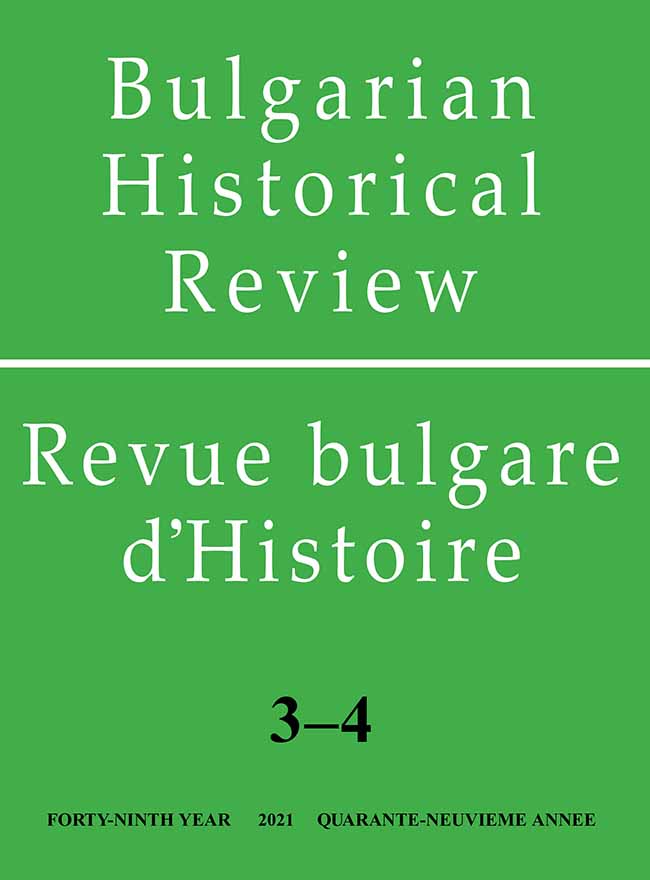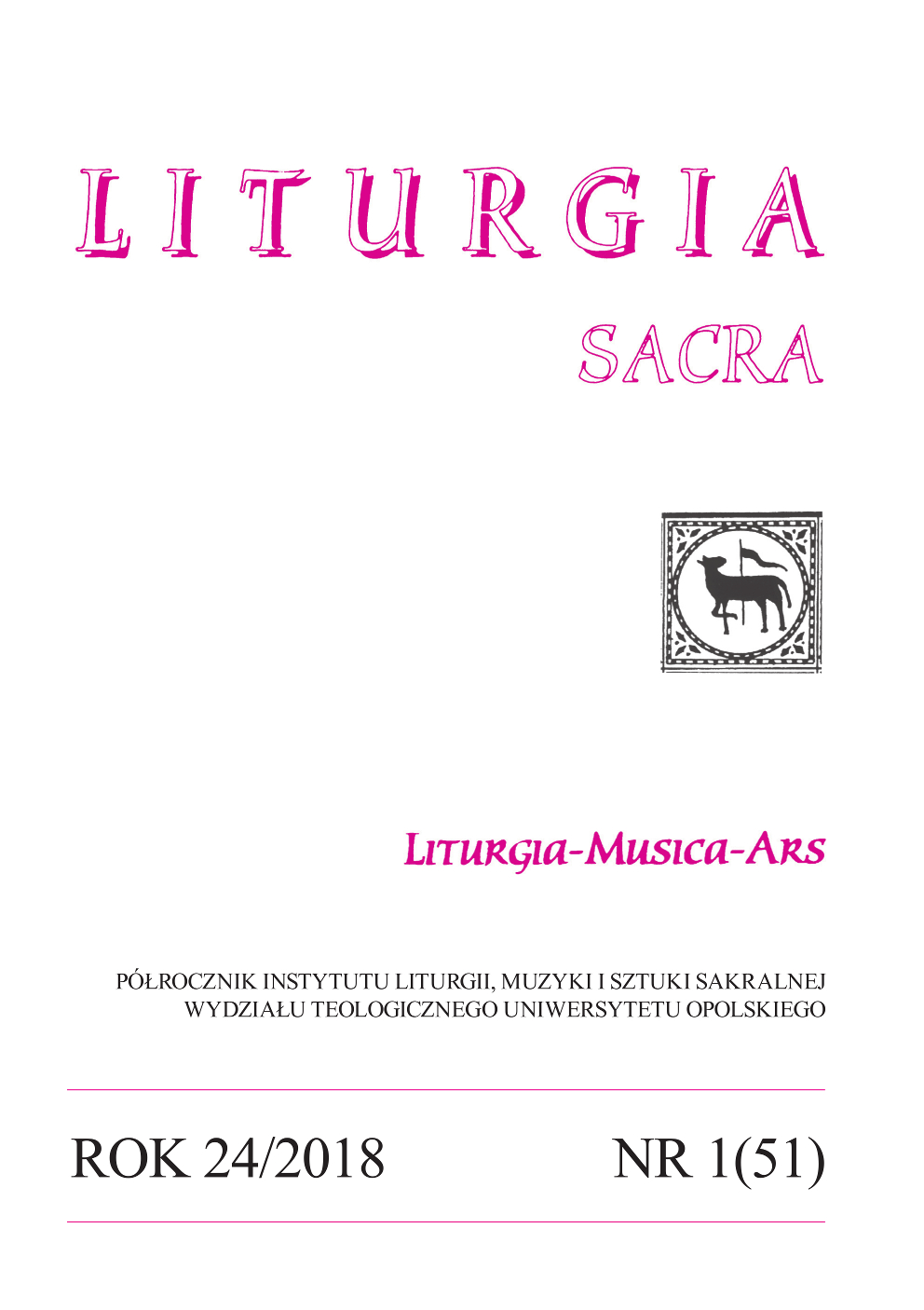
Obrzęd nałożenia paliusza metropolitom – historia i teologia
The term pallium derives from Latin and signifies “coat”. It is a strip made of white wool, worn on shoulders, used as an element of a liturgical attire of a Metropolitan Archbishop. The pallium is decorated with six Greek crosses, three pins and silk black trimmings. Its meaning is to emphasize the liturgical function and power of a Metropolitan Archbishop and his unity with the Holy See. The liturgical rite for imposing the pallium in the history had many modifications, and the present form was approved by Pope Francis in 2015. The rite itself underlines the pastoral responsibility of the Shepard towards his flock. It is a visible sign of unity, of the communion with Holy See and it is also a call for evangelical fortitude.
More...
